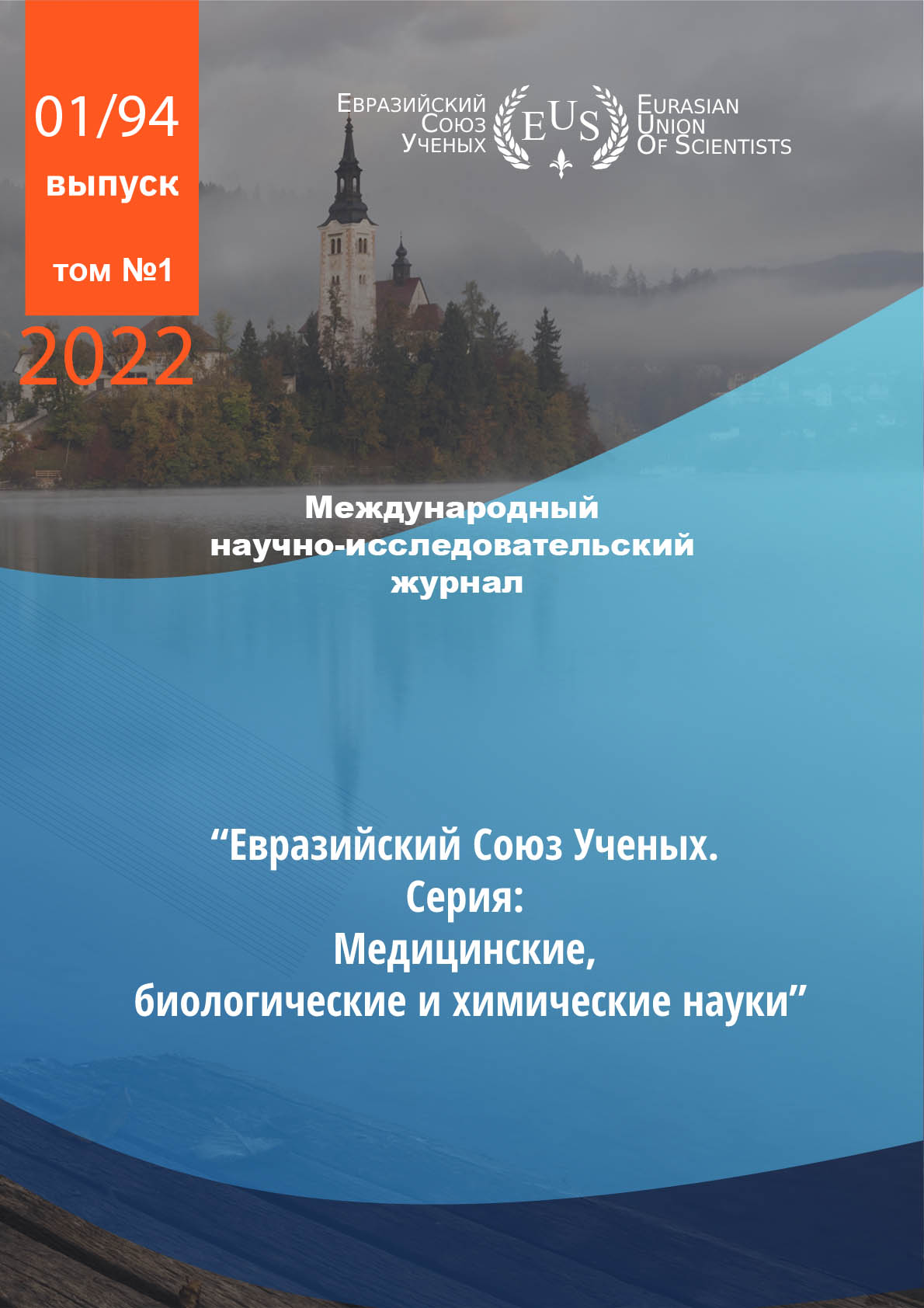WATER QUALITY OF THE KACHA RIVER (KRASNOYARSK) ACCORDING TO THE STATE OF ZOOBENTHOS COMMUNITIES
Abstract
The article provides an assessment of water quality and degree of water pollution of the left tributary of the
Yenisei river - Kacha river near Krasnoyarsk on the basis of qualitative and quantitative characteristics of
zoobenthos. In the composition of zoobenthos 45 species were found, among which chironomids reached the
highest species diversity - 60%. Based on the obtained index values (biotic, saprobidity), the water quality of the
Kacha river can be characterized as “polluted”, the ecosystem condition corresponds to anthropogenic ecological
regression
References
2.Bezmaternyh D.M. Zoobentos kak indikator jekologicheskogo sostojanija vodnyh jekosistem Zapadnoj Sibiri / D.M. B1ezmaternyh. - Novosibirsk: In-t vod. i jekol. problem, 2007. - №85. – 87 s.
3.Korytnyj L.M. Reki Krasnojarskogo kraja / L. M. Korytnyj. - Krasnojarsk Kn. izd-vo, 1991. – 155 s.
4.Rukovodstvo po gidrobiologicheskomu monitoringu presnovodnyh jekosistem / pod red. V.A. Abakumova – SPb.: Gidrometeoizdat, 1992. – 318 s.
5.Rukovodjashhij dokument 52.24.309-2016. «Organizacija i provedenie rezhimnyh nabljudenij za sostojaniem i zagrjazneniem poverhnostnyh vod sushi» - utv. 08.12.2016. [Jelektronnyj resurs]. Rezhim dostupa: http://docs.cntd.ru/document/495872993 (data obrashhenija: 10.01.2022).
6.Semenova E.M. Donnye soobshhestva v ocenke kachestva vody reki Kacha // Jekologija Juzhnoj Sibiri i sopredel'nyh territorij: materialy XIV Mezhdunar. nauchno-prakticheskoj shkolykonferencii studentov i molodyh uchenyh / pod red. V.V. Anjushina. Abakan: HGU im. N. F. Katanova, 2010. - Vyp. 14, - T. 1. - C. 89-90
7.Habibullina G.I. Prodol'noe raspredelenie zoobentosa v rekah Meshe i Kazanke / G.I. Habibullina // Uchen. zap. Kazan. un-ta. Ser. Estestv. nauki. – 2012. – T. 154. – S. 190 - 197.
CC BY-ND
A work licensed in this way allows the following:
1. The freedom to use and perform the work: The licensee must be allowed to make any use, private or public, of the work.
2. The freedom to study the work and apply the information: The licensee must be allowed to examine the work and to use the knowledge gained from the work in any way. The license may not, for example, restrict "reverse engineering."
2. The freedom to redistribute copies: Copies may be sold, swapped or given away for free, in the same form as the original.







